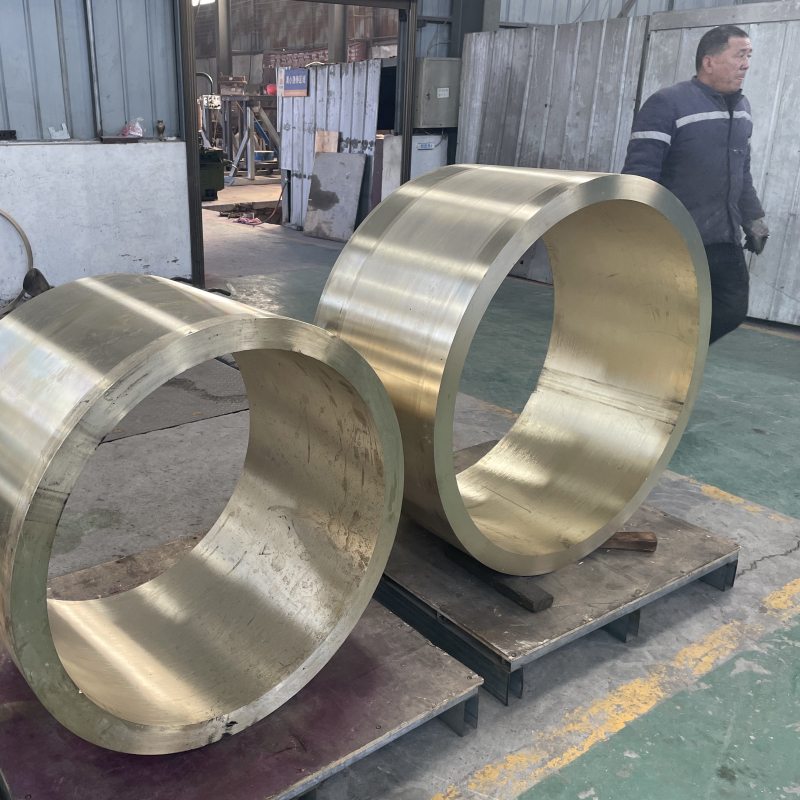 Mazhuang Village, Yuhe Town, Huixian City, Xinxiang City, Henan Province, China
Mazhuang Village, Yuhe Town, Huixian City, Xinxiang City, Henan Province, China
 Service Hotline +86 17630258963
Service Hotline +86 17630258963  Cell phone +86 17630258963
Cell phone +86 17630258963 Copper bushing spectrometer is a kind of instrument used to analyze the composition of copper bushing material, which can detect all kinds of elements in copper alloy quickly and accurately. Its advantages and disadvantages are as follows:
Fast detection speed: the spectrometer can complete the composition analysis of copper bushing samples in a few seconds, which is very suitable for rapid detection in the production site.
High precision: the spectrometer can detect trace elements in copper alloys with very high precision, and can effectively identify the subtle changes in alloy composition.
Simple operation: modern spectrometers are usually equipped with automated software interfaces that allow users to obtain results with simple operations.
Non-destructive testing: Spectroscopic analysis can be carried out without destroying the copper jacket, so there is no damage to the sample.
Multi-element simultaneous analysis: able to analyze multiple elements in the copper bushing at the same time, including copper, tin, zinc, lead, iron, etc., with high efficiency.
Adaptable: the spectrometer can be used for many types of copper alloy materials and can adapt to different sample forms, such as lumps, powders and liquids.

High initial equipment cost: spectrometers are precision equipment and cost more to purchase, install and maintain, especially for high-end models.
High environmental requirements: Spectrometers have high requirements on the working environment, especially temperature, humidity and surface cleanliness of the copper sleeve, which may affect the detection results.
Strict requirements on the sample surface: the surface of the copper sleeve must be clean and smooth to ensure the detection accuracy of the spectrometer. Contaminated or uneven surfaces can lead to errors.
Requires regular calibration: To ensure detection accuracy, the spectrometer needs to be calibrated regularly, especially after a long period of time or high-frequency use.
Limited to surface detection: Spectrometers are mainly used to detect the surface layer of copper bushings and are unable to analyze the internal composition of the material in depth.
Dependence on standard samples: Spectroscopic analysis requires comparison with standard samples, and the accuracy of the results may be limited if there is a lack of suitable standard samples.
Overall, copper bushing spectrometers have the advantages of speed and accuracy in component analysis, but there are certain challenges in terms of cost and environmental requirements.
